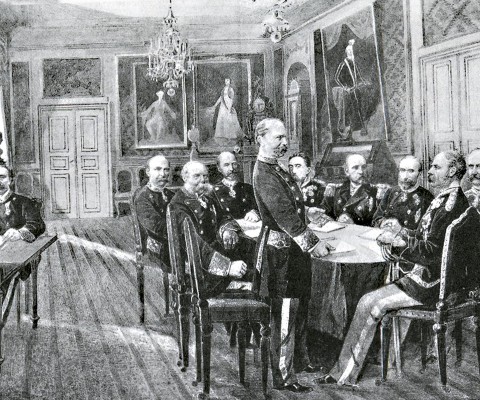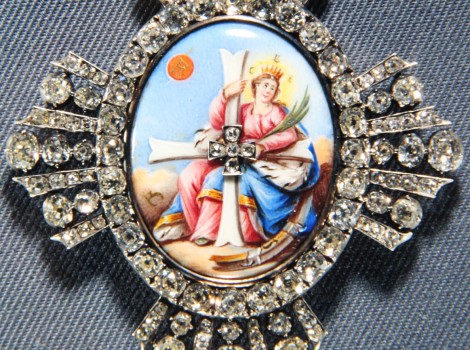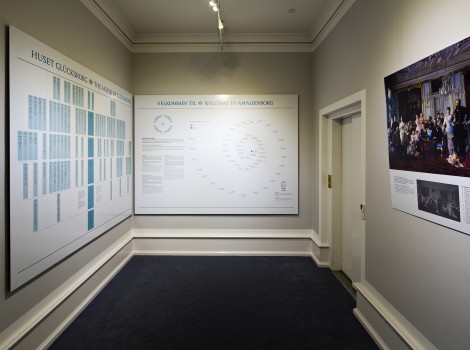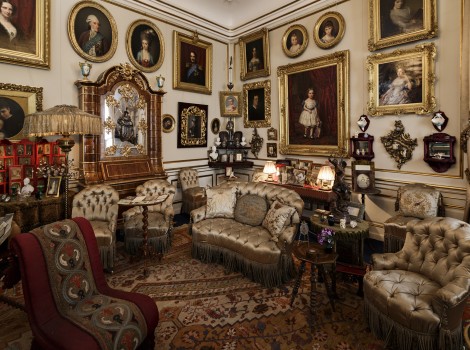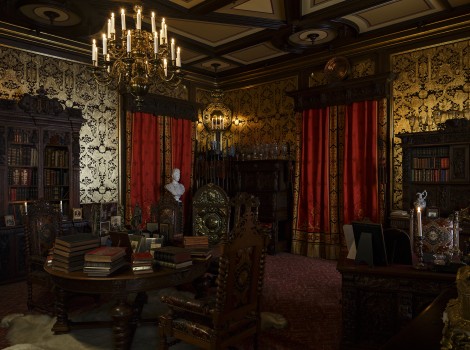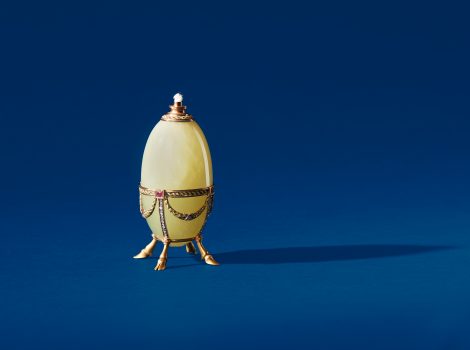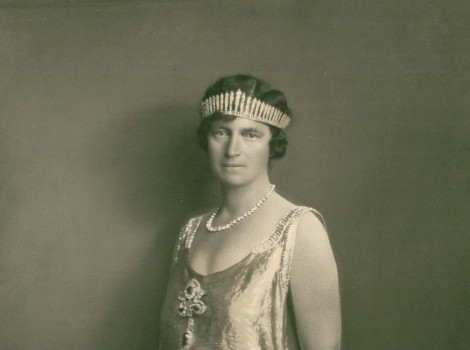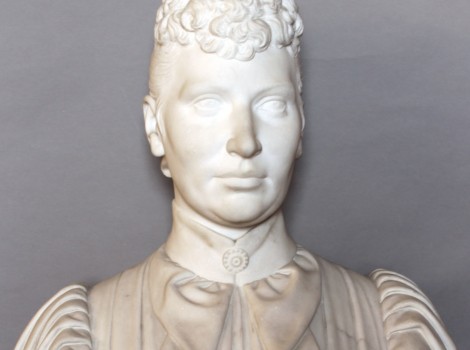1875-1900
The period was a peaceful one for Denmark. The spread of electricity and the invention of the telephone characterised the era, and industrialisation made many new things available, while the road network and the railways created new transport possibilities. Throughout the entire period the Højre (Right) Party was guaranteed power thanks to Christian IX, who appointed ministers who shared his conservative views. With Copenhagen’s defences as a justification, various Højre governments under J.B.S. Estrup for several years forced through provisory budgets without parliamentary backing. This led, particularly in the 1880s, to a heated political atmosphere, and this so-called constitutional battle continued until the change of system in 1901.
Despite the political conflicts, Christian IX and his family little by little won widespread support in Denmark. Once a year, in the late summer, the Royal Couple gathered most of their children, children-in-law, and grandchildren at Fredensborg, bringing members of the British, Greek, Russian, Hanoverian, Swedish, and Danish houses together under the same roof. The Royal Family thus cast some much needed lustre over the country after the defeat of 1864.
The Victorian style gained a foothold in people’s homes, which led to a more tightly packed, informal decor with tassels and fringes, photographs, and knickknacks. Romanticism was still dominant in art, even though there were disruptions and innovations on many fronts.
 Dansk
Dansk
 English
English
 Deutsch
Deutsch

